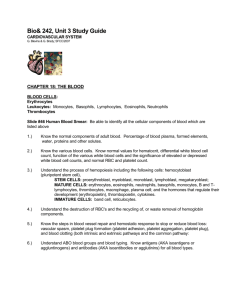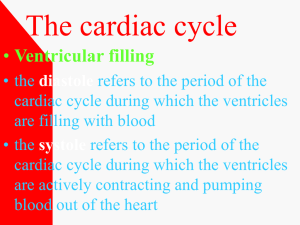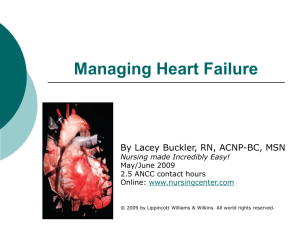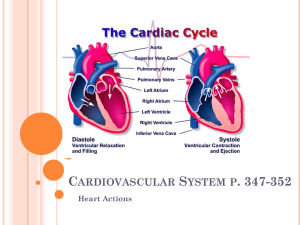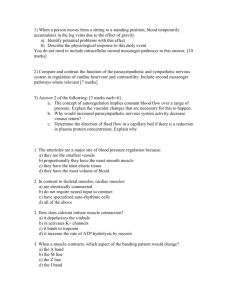An Electrical Storm
advertisement
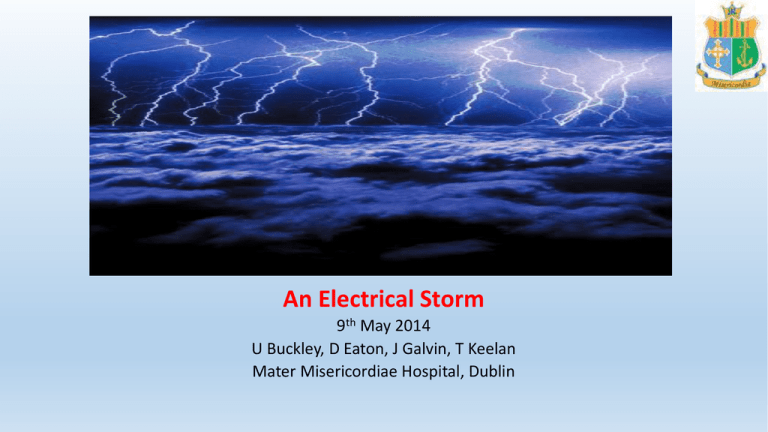
An Electrical Storm 9th May 2014 U Buckley, D Eaton, J Galvin, T Keelan Mater Misericordiae Hospital, Dublin • 55 year old female • Atrial septal defect & mitral valve repair in 1990’s • Out of hospital cardiac arrest 2011 on clarithromycin • AED torsade de pointe • LV dysfunction – 40% • Long QT on ECG at 490ms • Fhx sudden cardiac death – 2 first degree relatives • ICD – single chamber device implanted • Left sided invasive ductal carcinoma requiring radiotherapy • Post operatively cardiac arrest requiring 6 shocks to defibrillate (ICD off for surgery) • Device repositioned & tunnelled lead to right • Inappropriate therapy from the device Nov 2013 • Reprogrammed • Increased meds • Rising threshold and drop in R wave • Beta-blockade • Appropriate therapy from the device Jan 2014 • Further 5 shocks from device • First looked inappropriate • 4 others were appropriate • Check Coronary Angiogram • Medications optimized • Switched to propranolol • Mexilitene after loading with intravenous lignocaine • Further fine ventricular fibrillation undetected by the device • Atrial lead inserted & new RV lead • Further Appropriate therapies Video Assisted Transaxillary Transthoracic Left Cervical Sympathectomy • LCSD • lengthening repolarization • Prolong refractory periods • Increase VF threshold • Defibrillation threshold testing was performed • Genetic testing sent • No Horner's Syndrome • 8 weeks on and no further ventricular arrhythmias • Natural history of electrical storm or success? Management of Ventricular Arrhythmic Storms 1. Beta blockers 2. Antiarrhythmics 3. Reprogramme Device 4. Manage reversible proarrhythmic causes 5. Ablation 6. Deep sedation/skeletal muscle relaxants 7. Stellate ganglion blocking 8. Cervical Sympathectomy Neuromodulation Presynaptic Postsynaptic Central inhibition Sympathetic Activation Previous Surgical Options • Supraclavicular • Open thoracotomy • Posterior approach • Chemical ablation • Resection How much of the chain is enough? • T1-4 • C8 • Can the nerves grow back? • Lessons from orthotopic heart transplantation • Left versus bilateral sympathectomy Surgical Failure • Multiple shocks prior to surgery • Decompensated end stage intractable heart failure • Lack of sympathetic triggers • Circulating catecholamines • Failure to dissect the nerve of Kuntz







